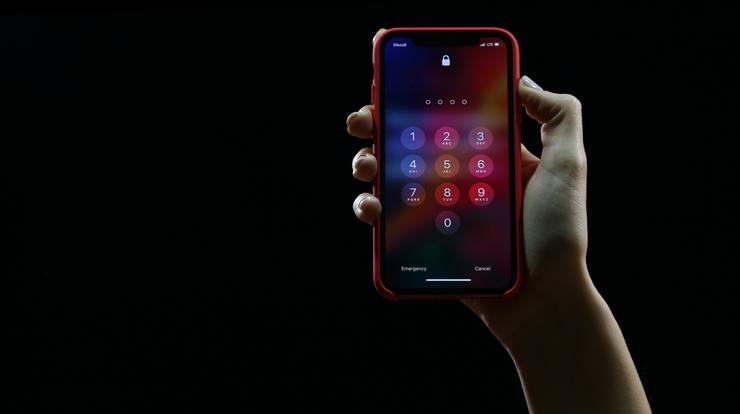It’s That Time Again
The last time we talked about passwords was July 22nd of this year. It’s exactly 90 days later, and that’s just about the recommended time to change your passwords again. While it might seem cumbersome to continually update your passwords, remember that it’s hard to hit a moving target. This means updating frequently can help keep you safe.
But constantly rotating your passwords, and coming up with new and unique combinations, can leave you feeling fatigued. I think we’re all feeling creative burnout this year. Instead of waving your hand and saying, “I’ll do it later,” let’s look at some of the effective ways to update your security.
What Should It Be?
We’ve written before on how to come up with unique passwords. Here’s an excerpt from our July article:
“We all have our favorite methods of choosing passwords. Some people choose ones that are important to them. Others choose pass phrases. This can be a simple, space free line with an entire sentence. For instance, if you really love this blog, your pass phrase might look something like this.
ilovepcmatictechtalksomuchicheckitdaily
This is a longer configuration of letters that are difficult to guess if the potential hacker doesn’t know you’re a super fan.
There’s another way of writing this pass phrase that complicates it further by adding in numbers and characters.
ilov3pcm@tict3cht@lks0muchich3ckitd@ily
By subbing out the e’s for the letter 3, a’s for the @ symbol, and o’s for the number 0, you’ve created a long and relatively complicated pass phrase.”
What Do I Update?
We obviously think about our email, bank, and social platform passwords, but did you know you should be changing your wifi and router passwords as well?
Each individual ISP (internet service provider; ie the people you buy your internet from) has a way of renaming your network as well as changing your password. Mine works through an app. Yours might require you to log onto the provider’s website. A quick internet search will help you figure out how yours works.
Type this phrase into your preferred web search site, “How do I change the wifi password for my ISP NAME account?” There will always be someone out there that will give you step-by-step instructions. Speaking of step-by-step instructions, here’s a great article on how to change your router password. At the beginning of the summer, PC Matic conducted a survey of 1,000 people and only 1 in 3 knew how to do this.
You’ll also want to change the passwords for various accounts you have. Any of your streaming subscriptions, like Netflix, Hulu, Amazon Prime, etc should get a fresh password this month. Do you have an subscription boxes? Head into your account there any update your login credentials. Really, anything you have with personal information that’s password protected needs a refresh.
All Those Passwords Are Hard To Remember
Yes, I get it. Mine are too. That’s why creating something personal to you for each account (yes, you need different passwords for each account) makes remembering easier.
Many of you said that you write your passwords down in a book. It’s not recommended, but if you’re going to do it, at least don’t keep that book beside your computer. There’s always the option to use a password manager as well. If you aren’t sure about password managers, read this article on the pros and cons.
Whatever you do, don’t store them digitally without some kind of encryption. Keeping all your passwords in the notes section of your smartphone under a label titled Passwords is the least safe option out there.
Keep It Fresh
While there’s no perfect method for choosing and protecting passwords, practicing proper password hygiene can help keep you protected. Changing your passwords, guarding what they are, and making them complex are all part of a larger security plan.
Hopefully you gleaned some great tips from us today. Let us know what other methods you use to create and store passwords. The more we learn from each other, the more we can #BeCyberSmart.
Until next time, stay safe out there.
Photo by Yura Fresh on Unsplash




